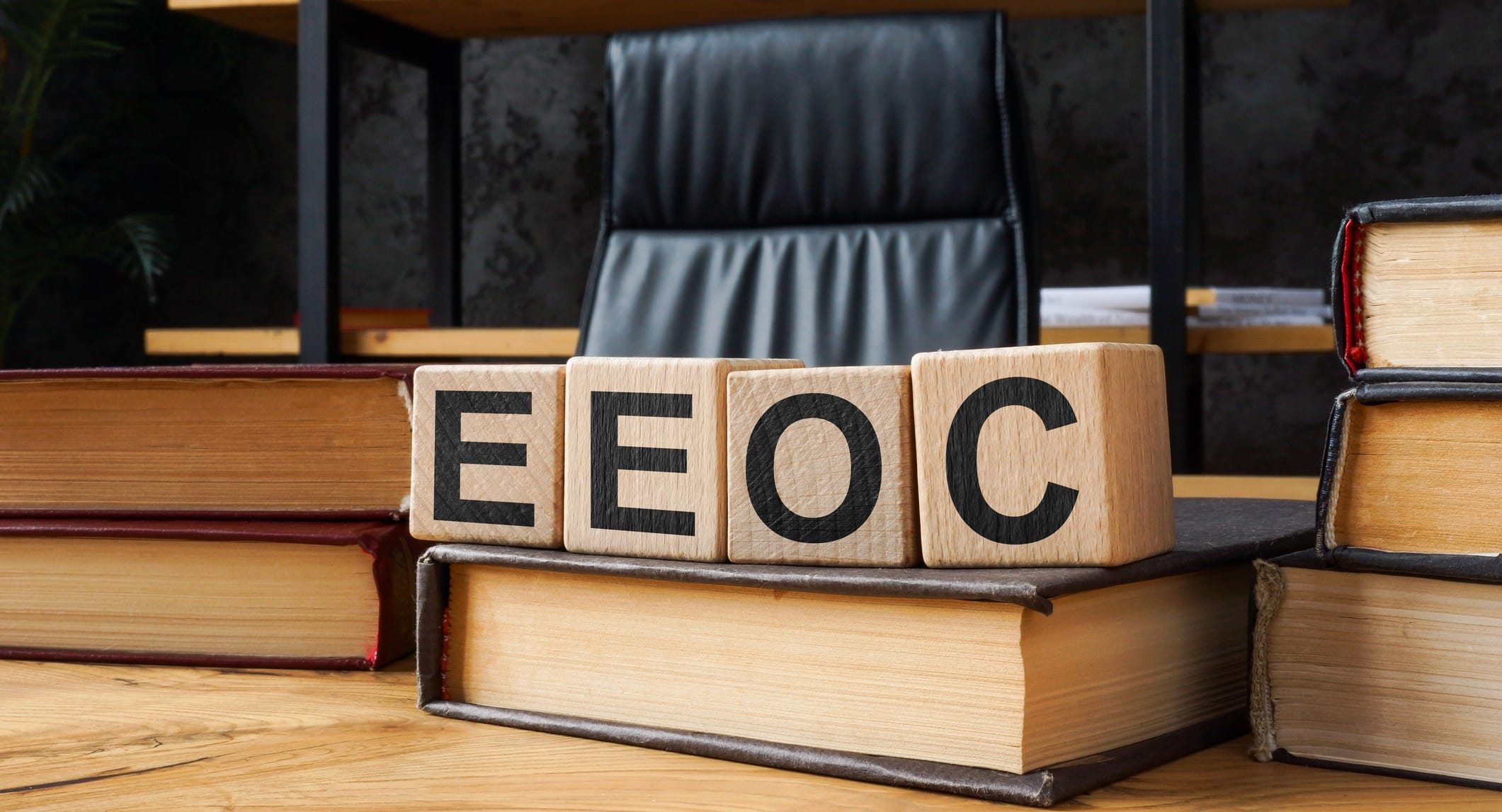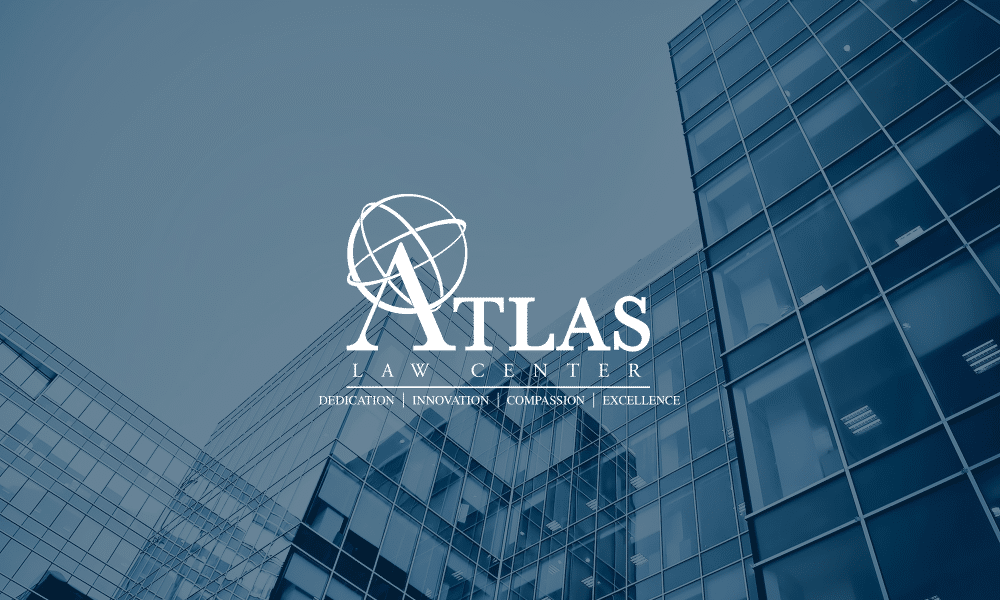What Is the EEOC?
The Equal Employment Opportunity Commission (EEOC) is a federal government agency that enforces U.S. laws that forbid discrimination in the workplace. These laws cover several protected classes, including a person’s:
- Race or color
- Sex (including gender identity, sexual orientation, pregnancy, childbirth, or related conditions)
- Age (40 or older)
- National origin
- Disability or genetic information
The laws prohibiting employment discrimination against these groups apply to most employers with at least 15 employees (or 20 employees for age discrimination), employment agencies, and labor unions.
The EEOC can investigate charges involving discrimination in numerous employment issues, including:
- Hiring or firing
- Harassment
- Promotions
- Training
- Wages and/or benefits
What Is an At-Will State?
An at-will state has employment laws that allow employers to fire an employee without a specific reason. They don’t have to prove the employee engaged in wrongdoing or violated company policies. For example, an employee who takes a long lunch break each day may be let go even if the company doesn’t have a specific policy about the length of breaks. Illinois is an at-will state.
However, at-will laws aren’t exempt from EEOC charges. If an employer appears to have acted against someone in a federally protected class because they’re part of that group, they may have violated anti-discrimination laws.
Can I File Multiple Complaints for Different Issues?
Yes. An individual can file complaints against multiple employers or multiple complaints against a single employer, with each complaint covering a different discrimination charge. For example, if someone has evidence that they’ve been discriminated against by not earning a promotion, pay raise, and adequate training, they could file three separate charges alleging each.
What Does it Take to Prove Discrimination in EEOC Charges?
This is the most challenging part of filing charges and a primary reason that it’s vital to work with an experienced employment discrimination attorney who understands the laws and how the EEOC works. Many companies have sophisticated approaches to arguing why they haven’t discriminated. There are many ways to prove they have discriminated against someone, but reviewing your evidence with an attorney to determine how strong it appears is critical.
There are four primary areas that need to be proven.
- Motive. This can be difficult to prove. This means that the employer is conscious of wanting to discriminate against someone because they are a member of one of the protected status groups. For example, an employer who refuses to hire someone because they’re 50 years old even though they’re more qualified for the job than the younger person they hired could have been motivated by ageism. If the employer were overt about it (said something that the job candidate heard or put something in an internal memo or email), that would be proof of motive.
- Inequality. This happens when someone in a protected group is not given access to the same kinds of opportunities to others not in a protected group. For example, an older employee isn’t given the same lucrative sales leads that younger employees are given because the employer wants to project the company’s youthfulness.
- So-called “neutral policy.” In an effort to evade discrimination charges, some employers will implement a so-called “neutral policy.” On the surface, this policy appears to be logical. However, when viewed more closely, it can target a specific group of people. An example would be an employer who requires a disabled employee to work in an office setting when they’re capable of doing an equally good job in their home, where their disability has adequate adaptations.
- Evidence. This can be tricky as well as more employers have become savvy about avoiding discrimination charges. These types of evidence can help corroborate EEOC charges.
- Personnel records. These are documents of an employee’s performance and reviews, salary, promotions, etc.
- Emails. These may need a subpoena, but they may demonstrate intent and motive.
- Employee handbooks and company policy books.
- Witnesses. Employees may overhear conversations or be copied on emails that could provide evidence.
- Medical or mental health records.
Unsure whether you have adequate evidence? Contact an employment attorney for help.
How Long After a Discrimination Incident Do I Have to File a Complaint with the EEOC?
There are different deadlines for filing EEOC complaints, and it’s crucial that these deadlines be met, or the EEOC may decline to pursue them.
- Most charges must be filed within 180 days of the discrimination incident’s occurrence.
- Some charges can be filed 300 days from the occurrence if a state or local agency enforces laws prohibiting the same type of discrimination.
- Age discrimination charges can be filed 300 days from the occurrence if a state agency enforces age discrimination laws. They cannot extend to 300 days if only a local law prohibits age discrimination.
- Federal employees and job applicants use a different complaint process and must contact an EEO counselor within 45 days. It may be possible to extend the charge period after that, but the process must be discussed with the counselor.
What Should I Do if I Want to File Multiple Complaints with the EEOC for Different Issues?
Call Atlas Law Group as soon as possible at 331-321-4748 to request a free consultation. We understand how daunting and frustrating it is to be the victim of employment discrimination. Our team of experienced, knowledgeable employment discrimination attorneys can review the specifics of your case and help you understand how the laws apply to your case and what actions you can pursue.


